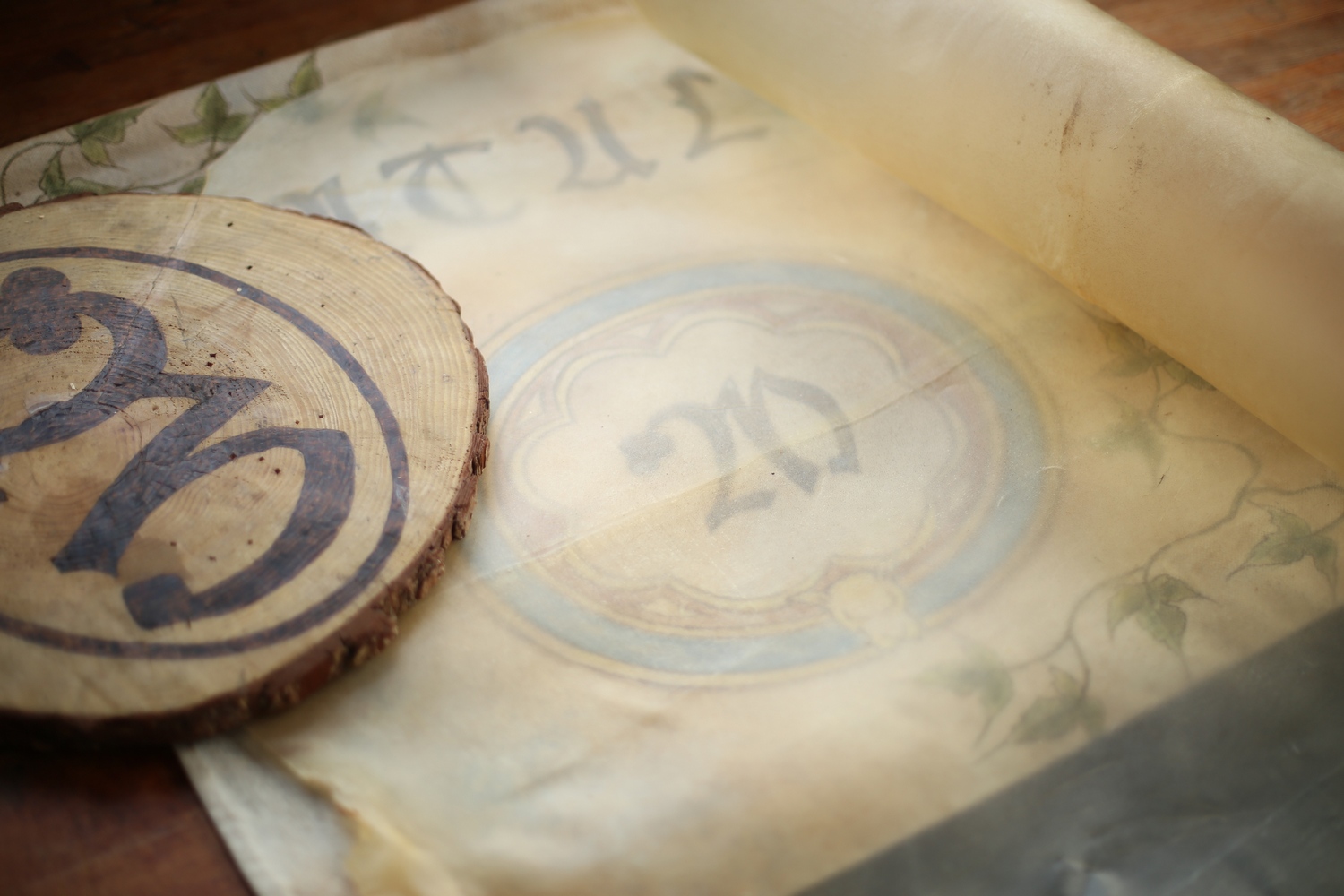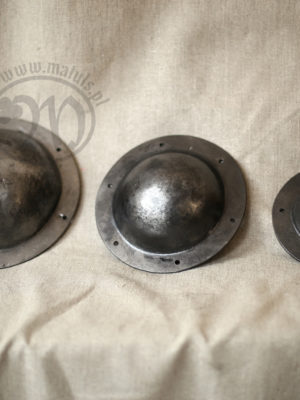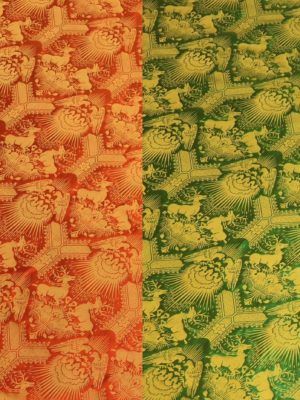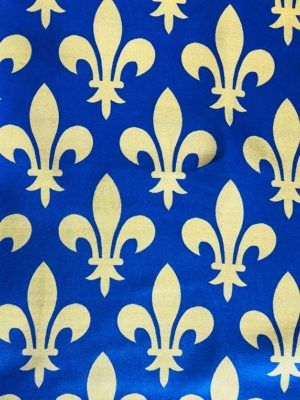Leather parchment
75.00 €
Leather parchment has been made from all types of leather since antiquity, but calf, sheep and goat skins were most commonly used.
Leather parchment was made from all types of leather, but calf, sheep and goat leather was most commonly used.
The Egyptians already fixed their thoughts on leather, the oldest monuments date back to the year 2000. The Jews, Persians and Greeks also knew and used animal leather, cleaned of hair, as writing material. It was not until the Hellenistic period, around the 3rd and 2nd centuries BC, that the process of creating leather writing material was perfected, initially on the coast of Asia Minor, and according to a Roman scholar from the 1st century BC. – Warron, in Pergamon. Thanks to Herodotus, we know that Ionian Greeks called “books” written on leather diphterai (Greek “leather”), the name “parchment” was not adopted until around the 4th century AD. The Romans called the “leather” side “membrane”. The popularity of leather as a writing base is probably connected with the competition that existed between the kings of Egypt and Pergamon concerning the development of two “competitive” libraries of antiquity. Ptolemy stopped the export of papyrus for the Attalid (Pergaman) library, which was supposed to hamper its development. This, however, did not bring him the expected results, as the Pergamen imported papyrus was replaced by material of their own production – leather, specially prepared and technically processed.
Initially it was used in the form of a coil, which was the reason for its initially low popularity, the papyrus coil could have been much longer than the parchment one, as the latter was limited by the size of the skin. The parchment became popular only when it took the form of a code. It was easier to fold and did not break when sewn together. For small prayer books, travelers of the Bible used a veline-thin, which was made from the skin of embryos or freshly born lambs (charta non nata, virginea).
Initially, the parchment was made mainly by monasteries. However, since the 12th century, as the cities were established, professional parchmentists (parchmentaria, parchmentaria, membranaria), who were associated with the painting guild fraternity of St. Luke (they existed in Krakow already in 1396).
Leather parchment distinguished between two species:
SOUTH (Italian, charta italica)
NORTH (German, charta theutonika)
The southern side was made in Italy, Spain and the south of France from delicate leather, thinner, carefully tanned and smoothed only on one side, the other side remained rough and yellow.
The northern parchment came from northern France, Germany, Poland and Hungary, it was much thicker than the previous one and it was made from both sides equally. In the early Middle Ages, exceptionally valuable parchment books were used, usually coloured with purple, on which gold or silver paint was written. The parchment was initially written with reed and around the 5th century A.D. with bird feathers, most often geese were specially prepared, i.e. cut and split at the end. An important advantage of parchment was the possibility of removing the writing from it and rewriting the new text – such manuscripts are called palimpsests (newly smoothed). Due to the high price, such a procedure was often used in the Middle Ages. Another advantage of the parchment was the general availability of material needed for its production.
The oldest surviving codes date back to the 4th century A.D. and are Codex Vaticanus, Sinaitius, Alexandrinus. It was not until the 7th century that law firms started using parchment, in the 10th century. – Pope curia.




